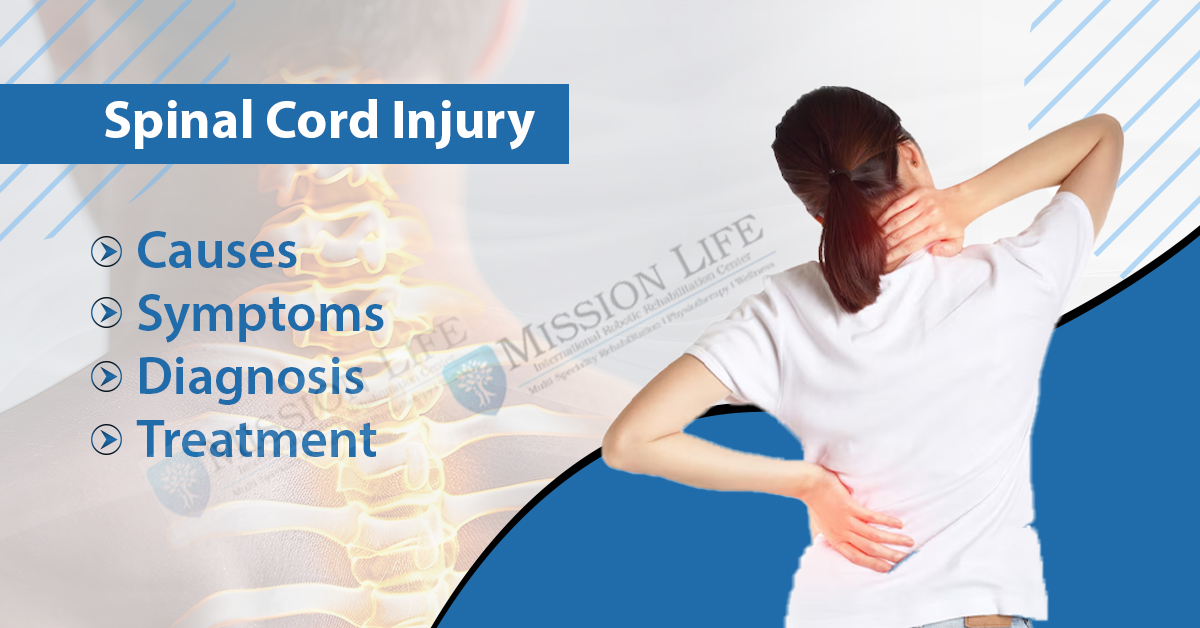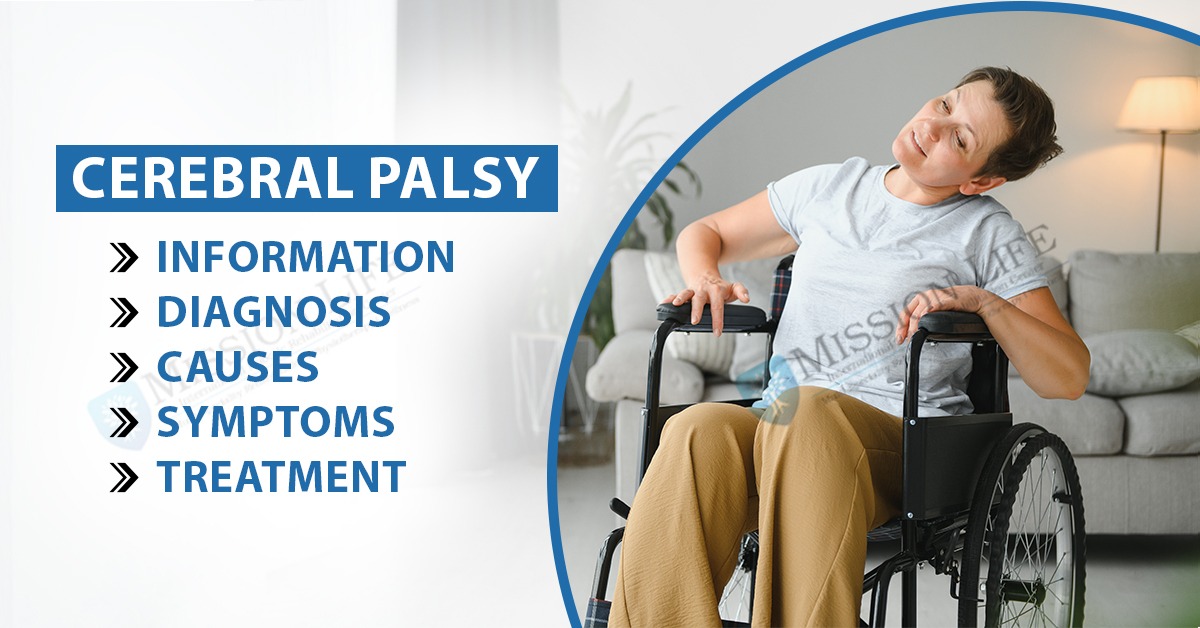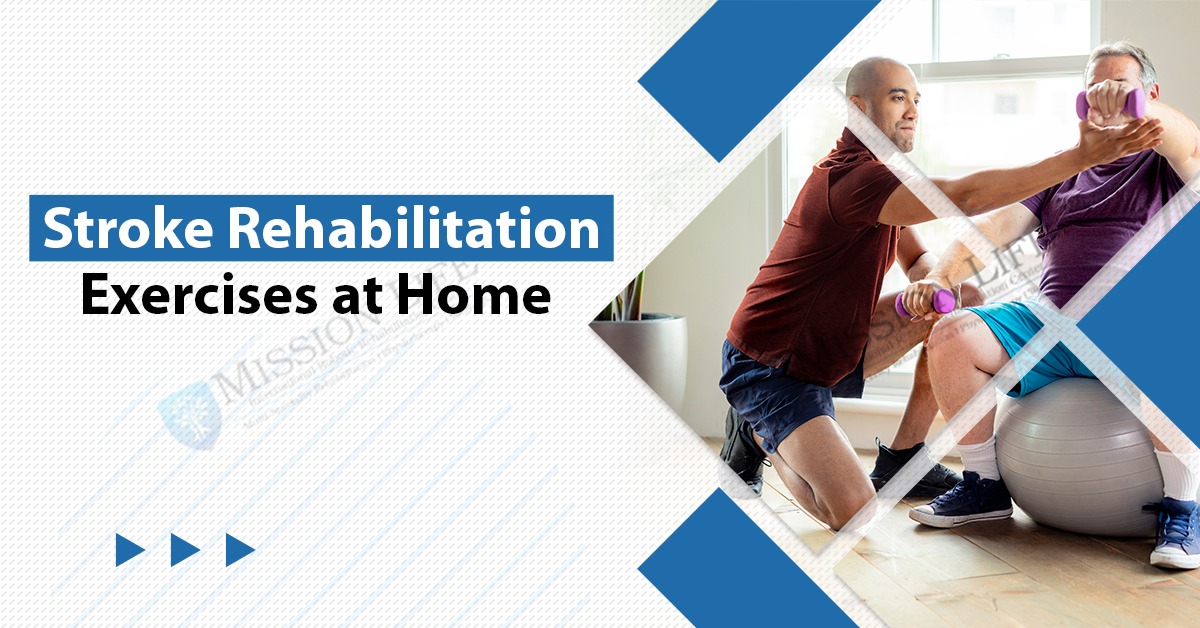
Spinal Cord Injury: Causes, Symptoms, Diagnosis And Treatment
Overview
A spinal cord injury (SCI) is a serious and often life-altering condition that results from damage to the spinal cord, which is a crucial part of the central nervous system responsible for transmitting messages between the brain and the rest of the body. SCIs can lead to partial or complete loss of motor function, sensation, and autonomic regulation below the level of injury, significantly impacting a person's quality of life. These injuries can arise from various causes, including trauma, diseases, and degenerative conditions. Understanding the causes, symptoms, diagnostic methods, and available treatments is essential for managing SCIs and improving outcomes for those affected.
What Causes Spinal Cord Injury
Spinal cord injuries (SCIs) can result from a variety of causes, broadly categorized into traumatic and non-traumatic origins:
● Traumatic Causes:
- Motor Vehicle Accidents: The most common cause of SCIs, accounting for nearly half of all cases. The impact and force from collisions can cause severe damage to the spinal cord.
- Falls: Particularly common in older adults, falls can lead to significant spinal injuries, especially when they involve substantial heights.
- Violence: Acts of violence, such as gunshot wounds and stabbings, can directly damage the spinal cord or vertebrae, leading to injury.
- Sports and Recreational Activities: Contact sports (e.g., football, rugby), diving into shallow water, and other high-risk activities can result in spinal trauma.
- Workplace Accidents: Injuries occurring in high-risk professions, such as construction and industrial work, often involve falls, machinery accidents, or heavy object impacts.
● Non-Traumatic Causes:
- Diseases: Conditions such as cancer, arthritis, osteoporosis, and inflammation of the spinal cord (e.g., transverse myelitis) can lead to SCI.
- Degenerative Spinal Conditions: Disorders like spinal stenosis, which is the narrowing of the spinal canal, can compress the spinal cord over time, causing injury.
- Infections: Bacterial or viral infections can lead to conditions like spinal epidural abscess or meningitis, which may damage the spinal cord.
- Congenital Disorders: Conditions present from birth, such as spina bifida, can result in spinal cord dysfunction.
- Vascular Disorders: Stroke, aneurysms, or blood clots can disrupt blood flow to the spinal cord, resulting in injury.
Symptoms of Spinal Cord Injury
The symptoms of a spinal cord injury (SCI) can vary widely depending on the location and severity of the injury. Common symptoms include:
● Loss of Movement:
- Partial or complete paralysis in the limbs or torso, depending on the level of injury.
- Quadriplegia (tetraplegia): Paralysis affecting all four limbs and the torso, typically resulting from injuries to the cervical spine.
- Paraplegia: Paralysis affecting the lower limbs and possibly part of the torso, usually from injuries to the thoracic, lumbar, or sacral regions.
● Loss of Sensation:
- Numbness or reduced sensation in the affected areas, which can range from partial to complete loss.
- Altered or heightened sensitivity to pain, touch, or temperature.
● Respiratory Problems:
- Difficulty breathing or coughing, especially if the injury is at or above the C4 level, can affect the diaphragm and other muscles involved in breathing.
● Loss of Bladder and Bowel Control:
- Incontinence or difficulty with urinary and bowel functions due to disrupted nerve signals.
● Spasticity:
- Involuntary muscle spasms or increased muscle tone, can cause stiffness and difficulty with movement.
● Pain or Intense Stinging Sensation:
- Neuropathic pain is a burning or stinging sensation resulting from nerve damage in the spinal cord.
● Sexual Dysfunction:
- Impairment of sexual function and fertility can vary based on the level and completeness of the injury.
● Autonomic dysreflexia:
- A potentially life-threatening condition that occurs in individuals with injuries above the T6 level, causing sudden, severe hypertension and other symptoms due to overactive autonomic responses.
● Changes in Reflexes:
- Exaggerated or diminished reflex responses, can affect both voluntary and involuntary movements.
● Weakness or Incoordination:
- Reduced strength or coordination in the limbs, impacting the ability to perform daily activities.
Diagnosis Spinal Cord Injury
Diagnosing a spinal cord injury (SCI) involves a combination of clinical evaluation, imaging studies, and specialized tests to assess the extent and severity of the injury. The diagnostic process typically includes the following steps:
● Initial Assessment:
- Medical History and Physical Examination: The physician will gather information about the patient's medical history, the circumstances of the injury, and any immediate symptoms. A physical examination will focus on checking motor and sensory functions, reflexes, and any visible deformities or injuries.
● Neurological Examination:
○ Motor and Sensory Testing: This involves evaluating muscle strength and function, as well as testing sensation in different parts of the body to determine the level and completeness of the injury.
○ Reflex Testing: Deep tendon reflexes and other reflex responses are tested to assess the integrity of the spinal cord and peripheral nerves.
● Imaging Studies:
- X-rays: Often the first imaging test used, X-rays can reveal fractures, dislocations, or other abnormalities in the vertebrae.
- Computed Tomography (CT) Scan: Provides more detailed images of the bones and can help detect fractures, herniated disks, or other structural problems.
- Magnetic Resonance Imaging (MRI): Offers detailed images of the spinal cord, nerve roots, and surrounding soft tissues, helping to identify the location and extent of the injury, as well as any compression or inflammation.
● Additional Tests:
- Myelography: An imaging test that involves injecting a contrast dye into the spinal canal to highlight the spinal cord and nerve roots on X-ray or CT scans, useful for detecting blockages or abnormalities.
- Electrophysiological Studies: Tests such as somatosensory evoked potentials (SSEPs) and electromyography (EMG) can assess the electrical activity of muscles and nerves, helping to determine the functional status of the spinal cord and peripheral nerves.
● Functional Assessment:
- American Spinal Injury Association (ASIA) Impairment Scale: A standardized assessment tool used to classify the severity of SCI. It evaluates motor and sensory functions to determine the level of injury and the completeness of the SCI (whether it is complete or incomplete).
When To See Doctor
Seeing a doctor promptly is crucial if you suspect a spinal cord injury (SCI). Here are specific situations when immediate medical attention is necessary:
● After a Traumatic Event:
- Any major trauma, such as a car accident, fall from a significant height, sports injury, or violent incident (e.g., gunshot or stabbing), warrants immediate medical evaluation to rule out or address potential SCI.
● Signs and Symptoms of SCI:
- Severe Pain: Intense pain or pressure in the neck, back, or head.
- Loss of Sensation: Numbness, tingling, or loss of sensation in the hands, fingers, feet, or toes.
- Paralysis: Any weakness or inability to move parts of the body.
- Loss of Bladder or Bowel Control: Incontinence or difficulty with urination or bowel movements.
- Difficulty Breathing: Problems with breathing or a feeling of not being able to take a deep breath.
- Abnormal Reflexes: Changes in reflexes, including exaggerated or diminished reflex responses.
- Balance and Coordination Issues: Difficulty walking or maintaining balance.
● Unexplained Symptoms:
- Gradual onset of numbness, weakness, or paralysis that progresses over time without an apparent cause should be evaluated promptly.
● Previous Injury with New Symptoms:
- If you have a history of spinal cord injury and experience new or worsening symptoms, seek medical attention immediately.
● Chronic Conditions with Worsening Symptoms:
- Individuals with conditions that could affect the spinal cord (e.g., osteoporosis, arthritis, or tumors) should see a doctor if they notice new or worsening symptoms.
● Suspected Infections:
- Symptoms like fever, back pain, and neurological changes (numbness, weakness) could indicate an infection such as a spinal abscess and require immediate medical attention.
Treatment of Spinal Cord Injury
Treatment of spinal cord injury (SCI) involves a multidisciplinary approach aimed at stabilizing the injury, preventing further damage, and maximizing recovery. The treatment process typically includes the following stages:
1. Emergency Care:
- Immediate Medical Attention: Rapid response and medical evaluation at the scene of the injury are crucial. This includes stabilizing the patient to prevent further harm.
- Immobilization: Using a cervical collar and spinal board to immobilize the spine during transport to the hospital.
2. Acute Medical Management:
- Medication: High-dose corticosteroids, such as methylprednisolone, may be administered within the first eight hours post-injury to reduce inflammation and swelling.
- Respiratory Support: Mechanical ventilation may be necessary for patients with injuries affecting the cervical spine and respiratory muscles.
- Surgical Intervention: Surgery might be needed to remove bone fragments, herniated discs, or foreign objects compressing the spine, as well as to stabilize fractured vertebrae.
- Decompression: Relieving pressure on the spinal cord through surgical or non-surgical means.
3. Rehabilitation:
- Physical Therapy: Exercises to improve strength, flexibility, and mobility. Therapists help patients regain as much function as possible and adapt to new physical limitations.
- Occupational Therapy: Focuses on improving daily living skills and promoting independence by teaching new ways to perform tasks and using adaptive equipment.
- Psychological Support: Counseling and support groups to help patients and their families cope with the emotional and psychological impact of SCI.
- Vocational Rehabilitation: Assistance in returning to work or finding new employment suited to the patient’s abilities.
4. Long-Term Management:
- Pain Management: Medications, nerve blocks, or other interventions to manage chronic pain.
- Bladder and Bowel Management: Techniques and devices to manage incontinence or difficulty with urinary and bowel functions.
- Spasticity Management: Medications, physical therapy, and in some cases, surgical interventions to manage muscle spasticity.
- Assistive Devices: Wheelchairs, walkers, braces, and other devices to aid mobility and independence.
Conclusion
Spinal cord injury (SCI) is a life-altering condition that requires immediate and comprehensive medical attention. The complex nature of SCI demands a multidisciplinary approach, encompassing emergency care, acute medical management, rehabilitation, and long-term support. Early intervention can significantly improve outcomes, emphasizing the importance of timely diagnosis and treatment. Advances in medical research and innovative therapies continue to offer hope for improved recovery and quality of life for individuals affected by SCI.
For those seeking expert care and treatment for spinal cord injuries, Mission Life Rehab stands out as a premier facility dedicated to providing comprehensive and compassionate care. Their state-of-the-art rehabilitation programs, personalized treatment plans, and commitment to utilizing the latest advancements in SCI care make Mission Life Rehab an excellent choice for patients striving to achieve their best possible recovery and regain independence.




